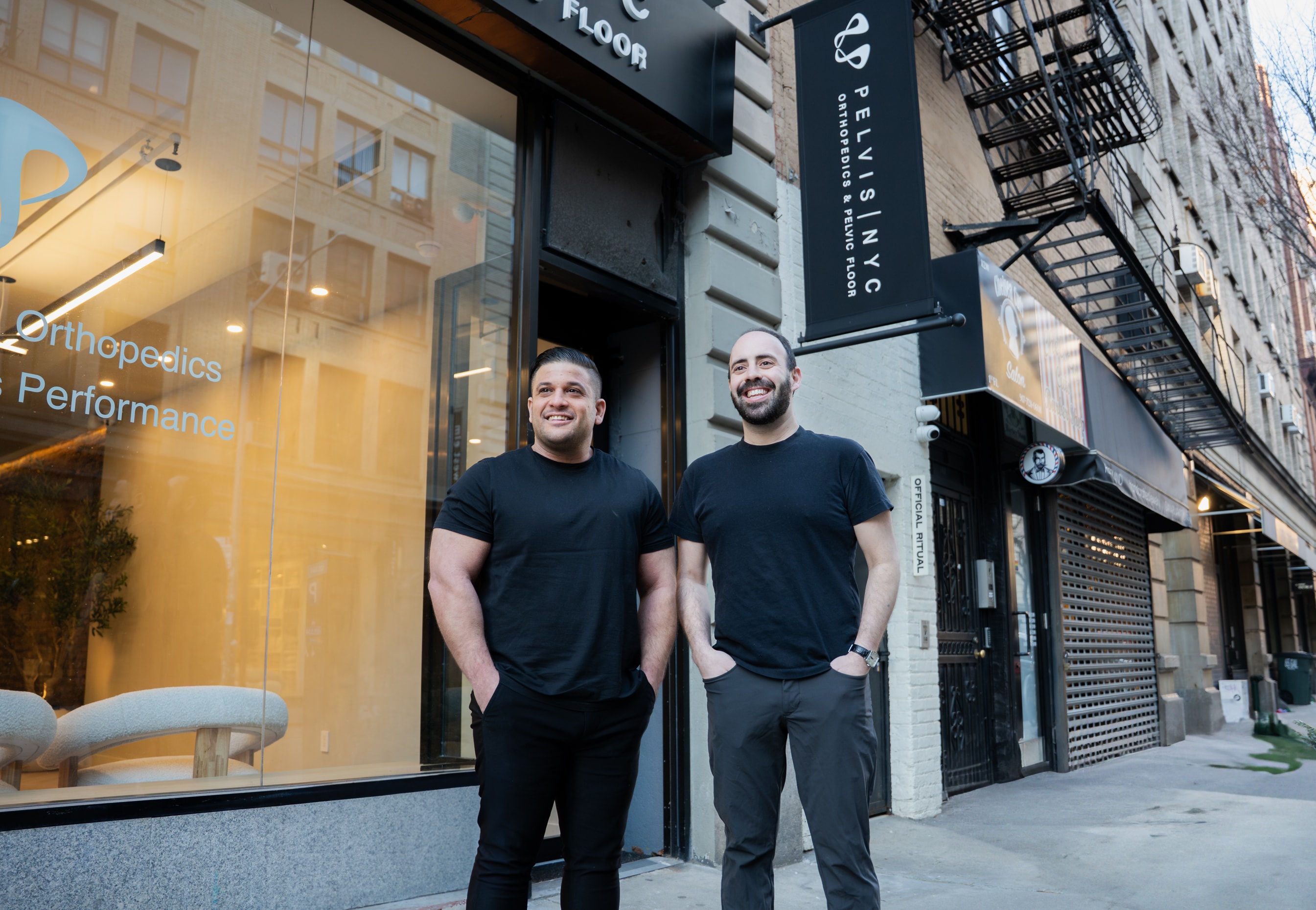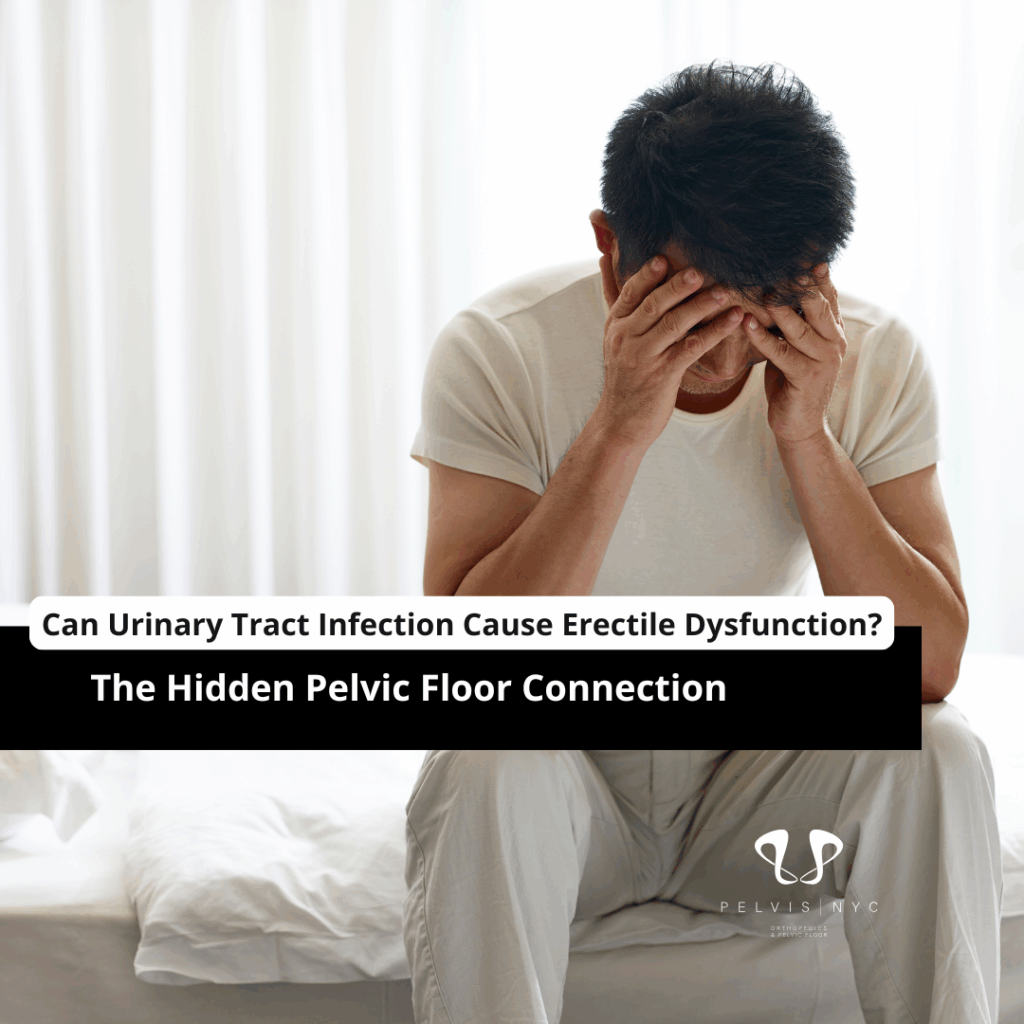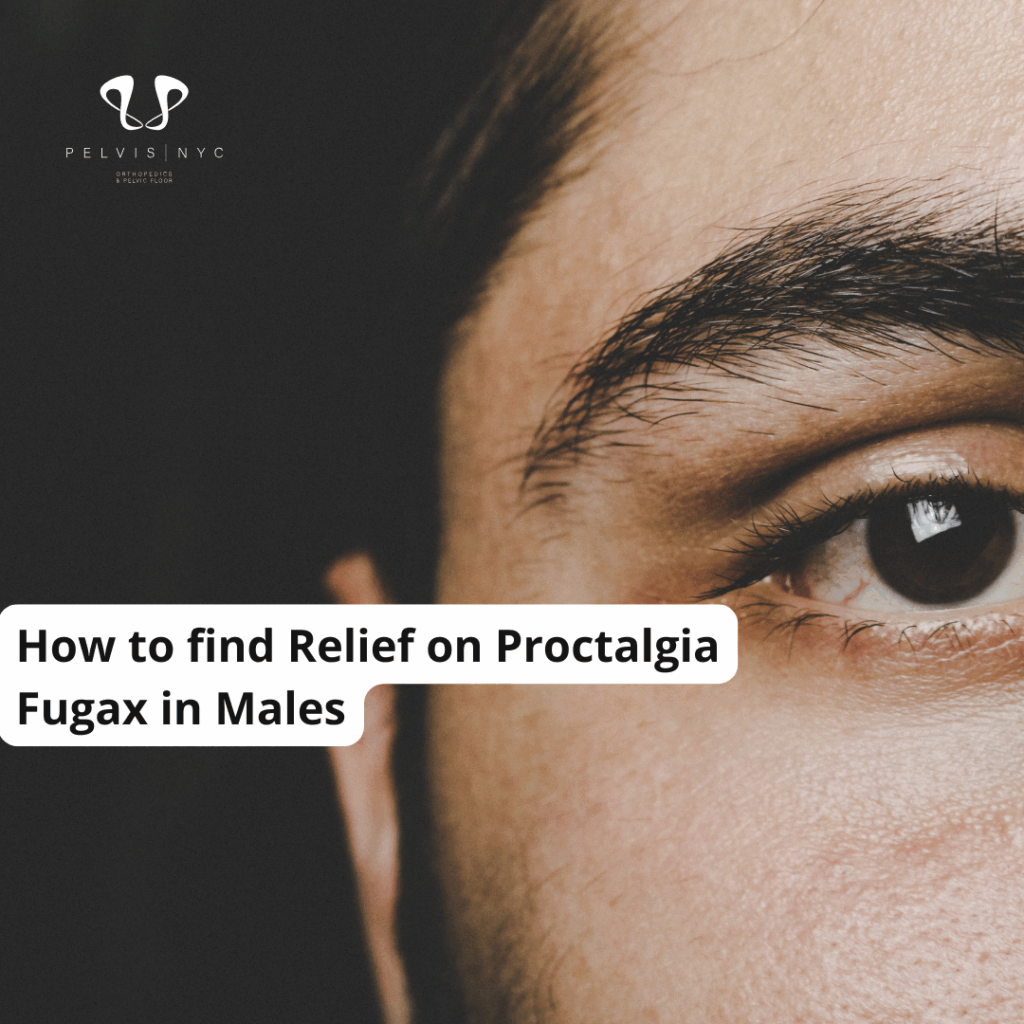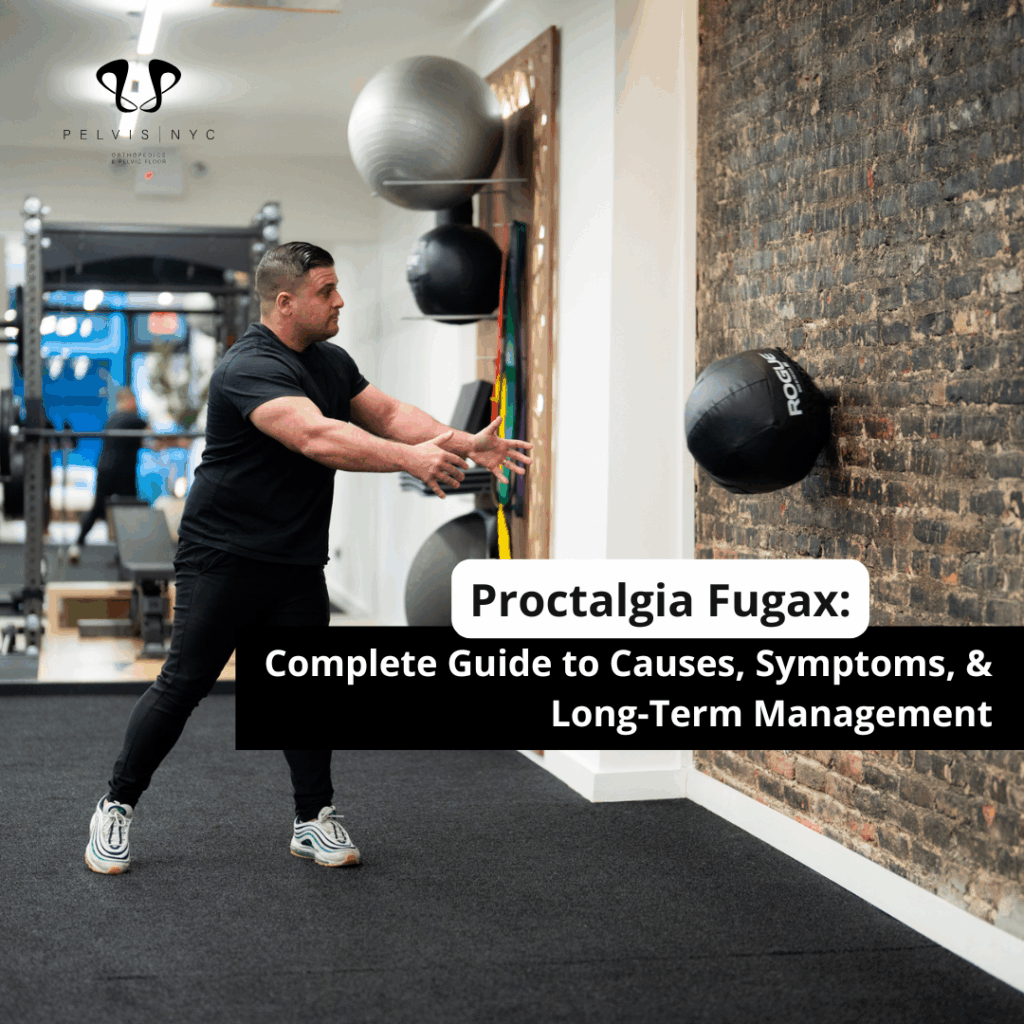A man may opt for a vasectomy if he does not want to impregnate someone in his lifetime. However, most of them experience lower abdominal pain after vasectomy as a response to their body’s fast healing, resulting in inflammation and secondary pain. But what is it really like after a vasectomy procedure? Is the pain bearable? Is there relief?
Continue reading to find out.
Overview of Post-Vasectomy Pain Syndrome
Post-vasectomy pain syndrome (PVPS) is a continuous or intermittent testicular pain lasting more than three months. About 1–2% of men who undergo a vasectomy experience this discomfort, which leads to some form of medical treatment.
In some cases, the pain may begin within one month following the procedure and continue for years following the surgery. Pain can be ongoing and short-lived and resolved with anti-inflammatory tablets, but can also become chronic. It can be mild to moderate chronic pain, and in rare cases, patients may experience debilitating pain. But do not worry because there are treatments used for PVPS.
The experience of lower abdominal pain after a vasectomy is only indicative of your body’s response to the healing process, which includes some inflammation and secondary pain. Typically, it is mild discomfort for 5-10 days and occurs in the scrotum area, but can also affect the groin or lower abdomen.
What Symptoms Should You Watch for After a Vasectomy?
If you’ve had a vasectomy and you’re still dealing with pain months later, you might be wondering what’s going on. You could be experiencing something called Post-Vasectomy Pain Syndrome (PVPS)—and while it’s rare, it’s real. The symptoms can range from mildly annoying to seriously disruptive, so it’s important to pay attention to what your body’s telling you.
Here are some common PVPS symptoms to look out for:
- Ongoing testicular or scrotal pain: If the ache just won’t go away and it’s been more than a few months, it’s worth getting checked.
- Lower abdominal pain: That dull, nagging pain in your lower belly or groin area could be related.
- Pain during physical activity: Whether you’re working out, lifting something heavy, or just on your feet for too long—if it hurts, take note.
- Discomfort during sex: Painful erections or discomfort during intimacy are common red flags.
- Pain after ejaculation: Some men describe a sharp or lingering pain after climax, which can affect their quality of life.
- Erectile dysfunction: Chronic pain can take both a physical and mental toll, making it harder to get or maintain an erection.
If any of these sound familiar, you’re not alone—and you’re not imagining things. It’s a good idea to reach out to a urologist who understands PVPS and can help you explore your treatment options. Catching it early can make a big difference.
Factors causing PVPS
In terms of the symptoms exhibited and the treatment required, there are a few main causes for testicular pain following vasectomy:
Neurogenic: Some chronic pain is caused by sperm build-up in the vas deferens, trapped in fibrous tissue. This can cause intense pain during activities that agitate your scrotum, such as running or cycling.
Granuloma: Sometimes sperm leakage occurs during or shortly after a vasectomy, causing a lump and swelling.
Epididymitis: Epididymitis results from an increase in pressure inside the epididymis, which is a tube that transports sperm from the testes to the urethra. Normally, men continue to produce sperm after a vasectomy, and the cells are reabsorbed by the body. However, they can develop a buildup of sperm in their vas deferen,s which can cause the epididymis to burst under pressure.
Testicular Torsion: If left untreated, PVPS can twist the spermatic cord that carries blood to the scrotum and cut off the blood supply.
Why Do Men Experience Lower Abdominal Pain After a Vasectomy?
It’s not uncommon for men to experience lower abdominal pain after a vasectomy, and there are a few reasons why this can happen. In most cases, the discomfort is temporary and part of the normal healing process—but for some, it may signal a more persistent issue like Post-Vasectomy Pain Syndrome (PVPS).
Common Causes of Lower Abdominal Pain After Vasectomy:
- Post-surgical inflammation: After a vasectomy, your body initiates a healing response. Mild swelling or irritation can sometimes radiate to the lower abdomen or groin area, causing discomfort.
- Nerve irritation or injury: Small nerves in the spermatic cord or pelvic region can become irritated during the procedure. It can lead to pain that may be felt higher up in the lower abdomen.
- Congestion pain: After the vas deferens is sealed, sperm may continue to build up, causing pressure or congestion in the epididymis. This can lead to a dull ache that radiates to the abdominal area.
- Referred pain: Sometimes, pain originating in the testicles or scrotum is “referred” or felt in the lower abdomen due to how nerves are interconnected in that area of the body.
- Infection or hematoma (rare): In some cases, post-operative complications like infection or internal bleeding (hematoma) can lead to localized pain that spreads toward the lower belly.
When to Seek Help
If the pain is sharp, increasing, or lasts more than a few weeks, it’s a good idea to check in with your urologist. Especially if it’s affecting your daily life, sex drive, or causing concern—early intervention can prevent chronic issues.
Diagnosis of PVPS
PVPS is different from acute postoperative pain. Most PVPS patients suffer from persistent orchalgia for greater than three months after surgery. However, some patients experience pain while ejaculating, having intercourse, or erection.
The diagnosis of PVPS must be an exclusion diagnosis. A three-month follow-up history and physical are recommended after surgery. A scrotal ultrasound using color-flow Doppler is administered to every patient suffering from chronic testicular pain. It is recommended to obtain a routine urinalysis, a urine culture, and a semen culture to determine whether there is an infection.
Treatment Options for Post-Vasectomy Pain Syndrome (PVPS)
Post-Vasectomy Pain Syndrome (PVPS) is a long-term complication that affects a small percentage of men following a vasectomy. Characterized by chronic testicular pain lasting longer than three months, PVPS can significantly impact quality of life. The good news is that there are several effective treatment options for PVPS, ranging from conservative approaches to advanced surgical procedures.
1. Non-Surgical and Conservative Treatments
Many men with mild to moderate PVPS find relief through conservative, non-invasive methods:
- Over-the-counter pain relief: Nonsteroidal anti-inflammatory drugs (NSAIDs) like ibuprofen help reduce swelling and manage pain.
- Scrotal support: Wearing supportive underwear minimizes movement and pressure, which can ease discomfort.
- Physical therapy: Specialized pelvic floor physical therapy can address muscle tension and nerve irritation.
- Nerve blocks: Local anesthetic or corticosteroid injections into the spermatic cord can reduce nerve-related pain and serve as a diagnostic tool.
These methods are often the first line of treatment for chronic testicular pain after vasectomy.
2. Medication-Based Treatments
When conservative measures aren’t sufficient, doctors may prescribe medications targeted at nerve-related pain:
- Neuropathic pain medications: Drugs like gabapentin, pregabalin, or tricyclic antidepressants (e.g., amitriptyline) help manage chronic nerve pain.
- Hormonal therapy: In select cases, medications that reduce testosterone may be used to decrease testicular activity and reduce pain.
These treatments are particularly useful when pain is thought to be neuropathic or hormonal in nature.
3. Surgical Treatment for PVPS
For persistent, severe pain, surgical intervention may be necessary:
- Microsurgical denervation of the spermatic cord (MDSC): A precise procedure that targets and severs specific nerves to stop the pain signal.
- Vasectomy reversal: In cases where pressure buildup or sperm congestion is suspected, reversing the vasectomy may relieve symptoms.
- Epididymectomy or orchiectomy: As a last resort, surgical removal of the epididymis or testicle may be considered, especially when all other options have failed.
Surgical options are typically recommended only after conservative and medication-based therapies have been exhausted.
4. Mental Health and Supportive Care
Living with chronic post-vasectomy pain can take a toll on mental health. Psychological counseling, pain management therapy, and support groups can be essential parts of a holistic treatment plan.
Physical Therapy as a non-surgical treatment for PVPS
Pelvic floor physical therapy can also be beneficial in the treatment of PVPS. People who undergo a vasectomy may experience significant pelvic pain. Due to the abnormal testicular pain they are experiencing, their pelvic muscles tend to tighten up. A physical therapist can teach them pelvic floor exercises to relax those muscles and take the strain off of other areas, such as the scrotum and testicles.
Pelvic floor therapy relieves pelvic pain and discomfort associated with testicular pain by relaxing the scrotum and testicle muscles. By using this therapy, you may be able to increase blood flow and relieve some symptoms.
At PELVIS NYC, we have successful treatments for post-vasectomy pain. By alleviating their symptoms, we enable them to carry on with their daily lives. We listened carefully to identify the source of their pain and formulate the best possible treatment.

If you have more questions, visit www.pelvis.nyc and have your free 15-minute teleconsultation.
You might get interested in reading: Do You Still Ejaculate After a Vasectomy?
Related Blog: Real Story of How We Help Our Patient Recover from Lower Abdominal Pain




No comment yet, add your voice below!